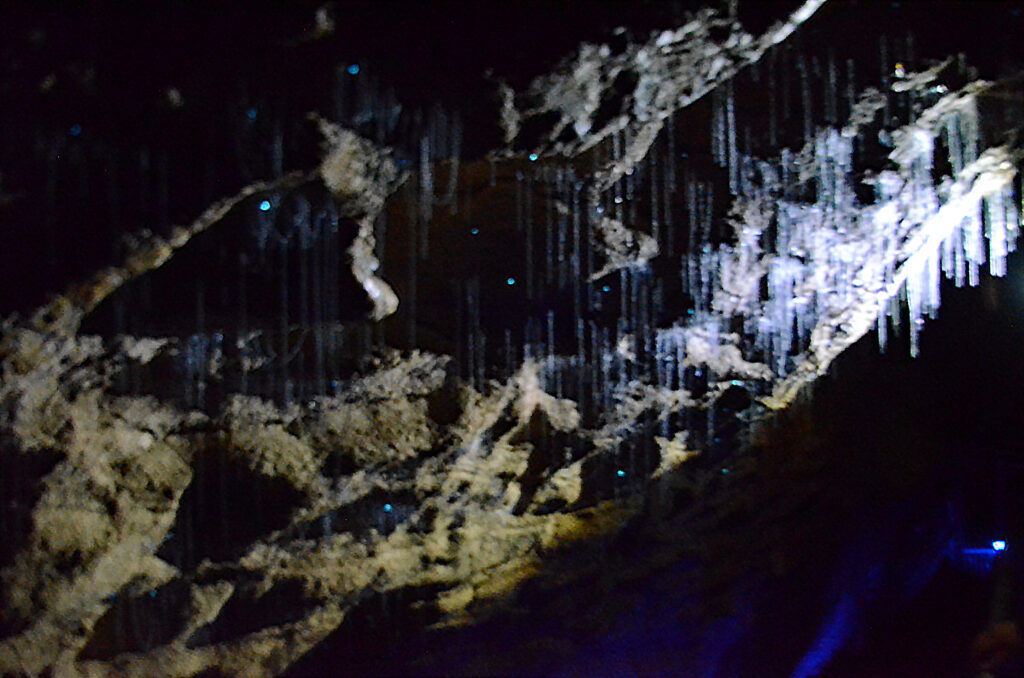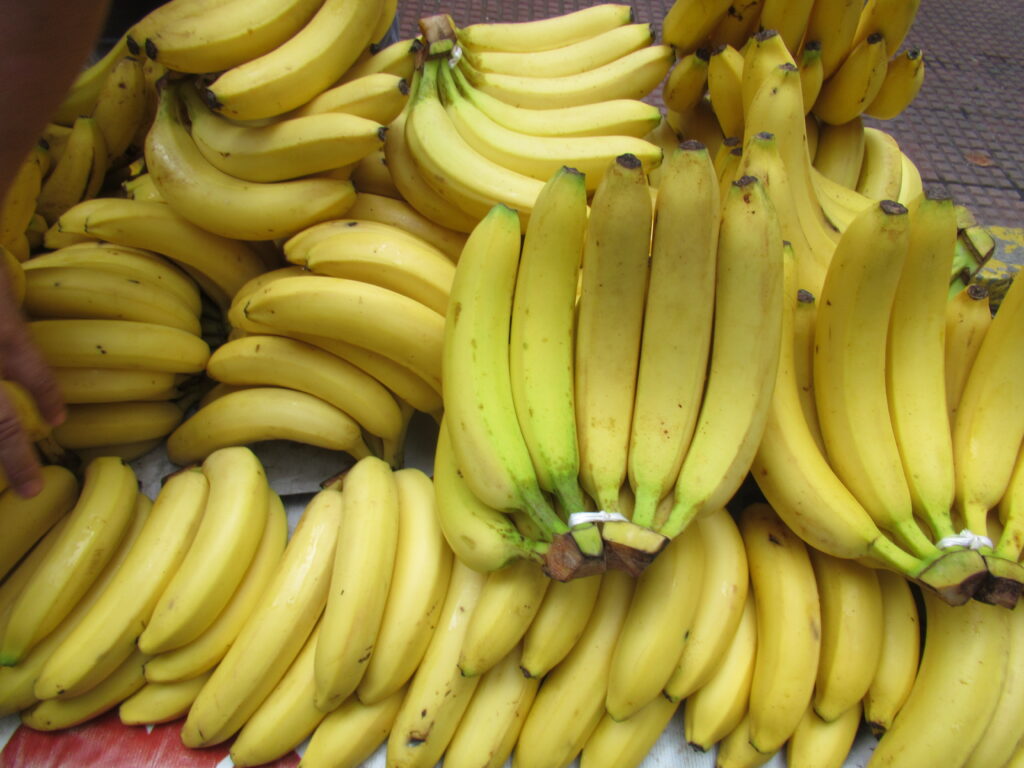The Amazon rainforest stretches across 2.1 million square miles, breathing life into our planet like a massive green lung. But beneath its emerald canopy lies one of Earth’s most crucial secrets: an enormous carbon vault that could determine the fate of our climate. This living treasury holds approximately 150 to 200 billion tons of carbon—roughly equivalent to ten years of global fossil fuel emissions stored in trees, soil, and vegetation. Yet scientists are discovering alarming signs that this ancient carbon bank might be preparing to empty its vaults, potentially accelerating climate change in ways we’re only beginning to understand.
The Amazon’s Carbon Superpower Explained

The Amazon’s ability to store massive amounts of carbon comes from its unique combination of size, biodiversity, and age. Trees here can live for centuries, constantly pulling carbon dioxide from the atmosphere through photosynthesis and locking it away in their wood, leaves, and root systems. Think of each tree as a carbon savings account that keeps growing year after year, with some giant kapok and Brazil nut trees storing as much carbon as entire city blocks. The forest’s incredible biodiversity means different species grow at different rates and store carbon in various ways, creating a complex web of carbon storage that’s more resilient than single-species forests. This natural carbon capture system has been operating for millions of years, making the Amazon one of the most efficient carbon storage facilities on Earth.
Ancient Soils: The Amazon’s Hidden Carbon Vault

While everyone focuses on the towering trees, the Amazon’s soil contains an even more impressive carbon collection. The forest floor acts like a massive carbon sponge, with decades of fallen leaves, dead animals, and decomposed organic matter creating layers of carbon-rich earth. These soils can store up to three times more carbon than the trees themselves, locked away in complex organic compounds that have accumulated over thousands of years. The warm, humid climate actually slows down decomposition in many areas, allowing organic matter to build up rather than quickly releasing its carbon back to the atmosphere. Scientists estimate that Amazon soils contain between 40 to 60 billion tons of carbon, making them one of the largest terrestrial carbon reservoirs on the planet.
How Trees Become Carbon Captains

Amazon trees are remarkably efficient at capturing and storing carbon because of their incredible growth strategies. Fast-growing species like cecropia trees can absorb large amounts of carbon quickly during their early years, while slow-growing hardwoods like mahogany store carbon for centuries in their dense, durable wood. The forest’s multi-layered canopy means trees at different heights capture carbon at different rates, with emergent giants acting like carbon skyscrapers towering above the forest floor. Some species even store carbon in their extensive root systems, which can extend deeper underground than the tree is tall above ground. This diversity in carbon storage strategies means the Amazon can continue capturing carbon even as individual trees die and new ones take their place.
The Water Cycle’s Role in Carbon Storage

The Amazon’s legendary rainfall doesn’t just feed the trees—it’s essential to the forest’s carbon storage capacity. The constant moisture keeps soils from drying out, which would cause them to release stored carbon through oxidation. Rain also enables the rapid growth of new vegetation, allowing the forest to quickly replace any carbon lost through natural processes like tree death or small fires. The forest actually creates much of its own rainfall through evapotranspiration, where trees release water vapor that forms clouds and falls as rain elsewhere in the forest. This self-sustaining water cycle keeps the entire carbon storage system functioning, making the Amazon’s carbon capacity dependent on maintaining its hydrological balance.
Mycorrhizal Networks: The Underground Carbon Highway

Beneath the Amazon floor lies an invisible network of fungal threads that plays a crucial role in carbon storage. These mycorrhizal fungi form partnerships with tree roots, trading nutrients for carbon-rich sugars produced by photosynthesis. The fungal networks can store carbon in their own tissues and help transport it between different plants, creating an underground carbon sharing system that scientists are only beginning to understand. Some estimates suggest these fungal networks store as much as 20% of the forest’s total carbon, locked away in their microscopic threads that extend for miles beneath the forest floor. When these networks are disrupted by deforestation or drought, they can release their stored carbon back to the atmosphere, adding another layer of concern to Amazon conservation efforts.
Climate Change: The Amazon’s Carbon Tipping Point

Rising global temperatures are pushing the Amazon toward a dangerous threshold where it might switch from storing carbon to releasing it. Scientists have identified a tipping point around 3-4°C of global warming where large portions of the Amazon could transform from rainforest to savanna, releasing billions of tons of stored carbon in the process. This transformation wouldn’t happen overnight, but once it begins, it could accelerate rapidly as drier conditions make forests more vulnerable to fires and droughts. The southeastern Amazon has already begun showing signs of this shift, with some areas now releasing more carbon than they absorb during particularly dry years. Computer models suggest that crossing this tipping point could add an additional 1-2°C to global warming, creating a feedback loop that would be extremely difficult to reverse.
Deforestation’s Immediate Carbon Impact

Every acre of Amazon rainforest that gets cleared releases approximately 180 tons of stored carbon directly into the atmosphere. This happens because cutting down trees not only stops their carbon absorption but also causes the carbon stored in their wood and surrounding soil to decompose and escape as CO2. Slash-and-burn agriculture, commonly used to clear forest land, immediately releases even more carbon through the burning process, sending decades of stored carbon skyward in a matter of hours. The cleared land typically loses additional soil carbon over the following years, as exposed soil oxidizes and releases stored organic compounds. Deforestation has already reduced the Amazon’s size by about 17%, representing a massive loss of carbon storage capacity that’s contributing significantly to global greenhouse gas emissions.
Drought Stress: When Trees Stop Being Carbon Heroes
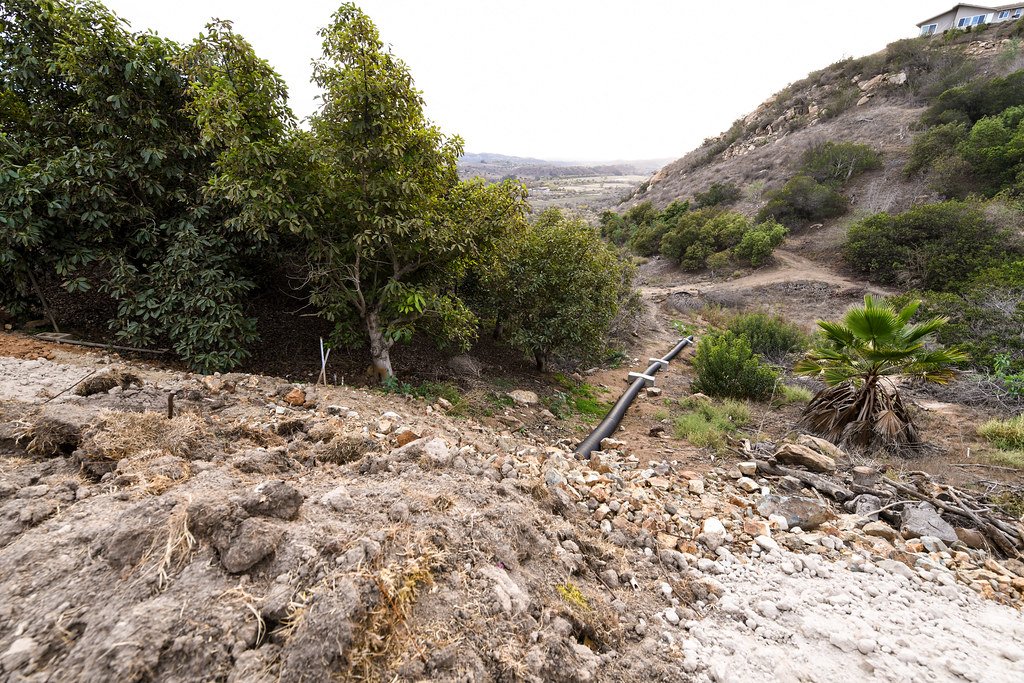
Severe droughts transform the Amazon from a carbon sink into a carbon source, as stressed trees stop growing and begin dying in large numbers. During drought years, the forest can release up to 1.5 billion tons of carbon—more than the annual emissions of most countries. Trees struggling with water stress close their stomata (leaf pores) to conserve moisture, which also stops them from absorbing CO2 for photosynthesis. Extended droughts kill trees outright, turning these former carbon storage units into decomposing carbon sources that can release their stored carbon over several years. The 2005 and 2010 Amazon droughts were so severe that scientists estimate they released more carbon than entire years of deforestation, highlighting how vulnerable the forest’s carbon storage is to changing weather patterns.
Fire’s Devastating Carbon Release

Amazon fires don’t just burn trees—they unlock vast amounts of stored carbon from both vegetation and soil. A single large fire can release centuries of accumulated carbon in just days or weeks, sending massive plumes of CO2 into the atmosphere. These fires are becoming more frequent and intense due to drier conditions and human activities, creating a dangerous cycle where carbon release contributes to more warming, leading to more fires. The 2019 fire season alone released an estimated 140 million tons of carbon, equivalent to adding millions of cars to the road for an entire year. Soil fires are particularly concerning because they can burn underground for months, slowly releasing carbon that was stored deep in the earth for thousands of years.
The Butterfly Effect: Small Changes, Massive Consequences

Scientists are discovering that relatively small changes in the Amazon can trigger massive carbon releases through cascading effects. A slight increase in dry season length can stress trees enough to make them vulnerable to insects, diseases, or fires that then release their stored carbon. Changes in rainfall patterns can disrupt the delicate fungal networks that store carbon underground, causing them to decompose and release their carbon reserves. Even seemingly minor human activities like building roads can fragment the forest in ways that alter local climate conditions, leading to carbon losses far beyond the area directly affected. These butterfly effects mean that the Amazon’s carbon storage system is more fragile than previously thought, with small disturbances potentially triggering large-scale carbon releases.
Ocean Connections: How Marine Changes Affect Amazon Carbon

The Amazon’s carbon storage capacity is surprisingly connected to ocean conditions thousands of miles away. Changes in Atlantic Ocean temperatures affect the strength of trade winds, which influence how much moisture reaches the Amazon from the ocean. El Niño events in the Pacific can trigger droughts in the Amazon by altering global weather patterns, reducing rainfall and stressing the forest’s carbon storage systems. Warmer ocean temperatures also intensify hurricanes, which can reach inland and damage Amazon forests, releasing stored carbon through windfall and subsequent decomposition. Scientists are finding that protecting Amazon carbon storage requires understanding and addressing these global oceanic connections, not just local forest management.
Species Loss: The Carbon Storage Specialists Disappearing

As Amazon biodiversity declines, the forest loses specialized species that are particularly effective at storing carbon. Large-bodied trees like Brazil nut and mahogany are among the most efficient carbon storers, but they’re also prime targets for logging due to their valuable timber. The loss of seed-dispersing animals like jaguars and large birds disrupts forest regeneration, preventing new carbon-storing trees from establishing in cleared areas. Some tree species have evolved specific partnerships with particular animals or fungi for carbon storage, and when these partnerships are broken through species loss, the entire carbon storage system becomes less efficient. Scientists estimate that biodiversity loss could reduce the Amazon’s carbon storage capacity by 20-30% even if the overall forest area remains intact.
Measuring the Unmeasurable: How Scientists Track Amazon Carbon

Monitoring carbon storage across the vast Amazon requires cutting-edge technology that combines satellite imagery, field research, and complex computer modeling. Scientists use LIDAR technology mounted on aircraft to create detailed 3D maps of forest structure, allowing them to estimate how much carbon is stored in different layers of the canopy. Ground-based research stations throughout the forest measure actual carbon absorption and release at specific locations, providing calibration data for larger-scale estimates. Satellite sensors can detect changes in forest greenness that indicate whether areas are storing or releasing carbon, though clouds often obscure the view in this humid region. The challenge is so immense that even with all this technology, scientists estimate their carbon measurements could be off by billions of tons.
The Economics of Amazon Carbon

The carbon stored in the Amazon represents an enormous economic value that could provide powerful incentives for conservation. At current carbon credit prices, the Amazon’s stored carbon could be worth over $1 trillion, making it one of the most valuable natural resources on Earth. Countries and companies are beginning to pay for Amazon carbon storage through programs like REDD+ (Reducing Emissions from Deforestation and forest Degradation), which compensates forest communities for keeping trees standing. However, the economics become complicated when considering the opportunity costs of not developing Amazon land for agriculture or mining. Some economists argue that the true value of Amazon carbon storage is much higher when considering the catastrophic costs of climate change that would result from its release.
Indigenous Knowledge: Ancient Carbon Guardians

Indigenous communities have been managing Amazon forests for thousands of years, developing traditional practices that enhance carbon storage without formal scientific training. Their fire management techniques create a mosaic of forest ages that maximizes carbon storage while reducing the risk of catastrophic fires. Traditional agroforestry systems used by indigenous groups often store more carbon than natural forests by combining food production with forest conservation. These communities typically have the lowest deforestation rates in their territories, making them some of the most effective carbon storage protectors in the region. Scientists are increasingly recognizing that combining indigenous knowledge with modern carbon science could provide the most effective strategies for maintaining the Amazon’s carbon storage capacity.
Technology Solutions: Can We Help the Amazon Store More Carbon?
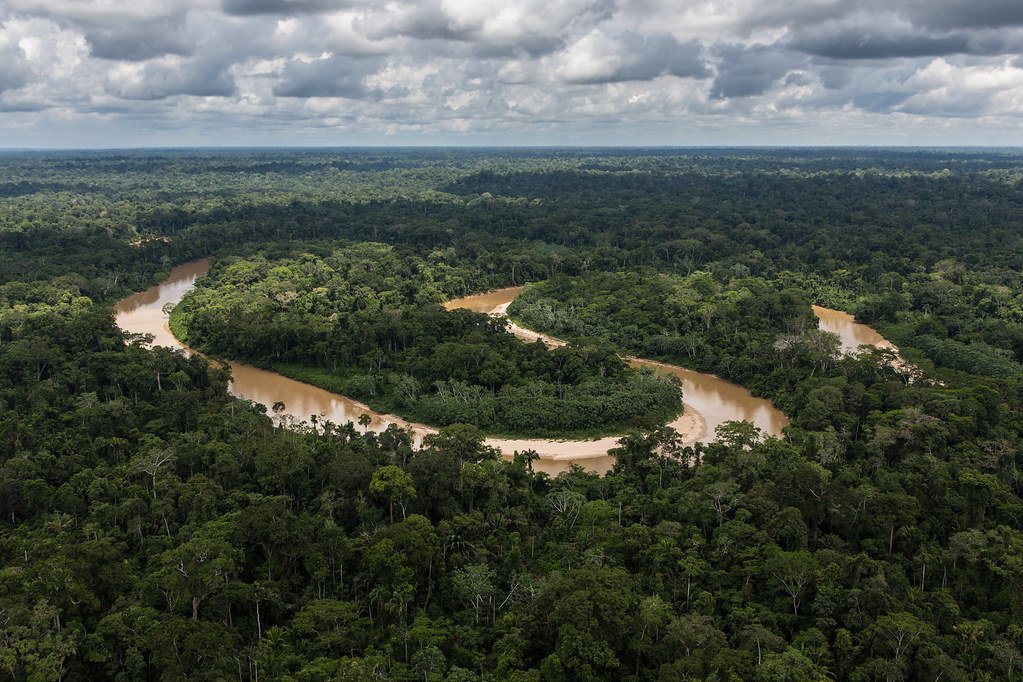
Researchers are exploring innovative technologies that could enhance the Amazon’s natural carbon storage capacity or prevent its release. Biochar production from forest waste could create stable carbon compounds that remain in soil for centuries, effectively locking away carbon that would otherwise decompose. Selective breeding and genetic research could develop tree varieties that grow faster and store more carbon, though this approach raises concerns about impacts on natural biodiversity. Drone seeding projects are attempting to reforest degraded areas more quickly than natural regeneration, potentially restoring carbon storage capacity to damaged forests. Some scientists are even exploring whether adding specific nutrients to forest soils could enhance carbon storage, though such interventions require careful testing to avoid unintended ecological consequences.
Global Consequences: What Happens When the Amazon Empties Its Carbon Vault

If the Amazon shifts from storing carbon to releasing it, the global climate consequences would be catastrophic and irreversible. The release of just half the Amazon’s stored carbon would be equivalent to adding 15-20 years of current global fossil fuel emissions to the atmosphere all at once. This massive carbon release would accelerate global warming, making it virtually impossible to meet international climate targets and likely triggering other dangerous tipping points like Arctic ice loss. The feedback effects would extend far beyond climate change, affecting global food security, water resources, and weather patterns worldwide. Once this carbon is released, it would take centuries or millennia for forests to grow back and recapture it, making Amazon carbon loss one of the most permanent and impactful environmental changes humans could cause.
Hope in the Canopy: Solutions That Could Save Amazon Carbon

Despite the alarming threats, there are still viable solutions that could preserve the Amazon’s carbon storage capacity. Strengthening protected areas and indigenous land rights could safeguard the most carbon-rich regions while providing sustainable livelihoods for local communities. International cooperation on climate policy could provide the funding needed for large-scale conservation efforts that treat Amazon carbon storage as a global public good. Sustainable development alternatives like ecotourism and sustainable forestry could provide economic incentives for keeping forests standing while maintaining some human presence in the region. Advanced monitoring systems could provide early warning of carbon loss, allowing for rapid intervention before tipping points are reached.
The Race Against Time: Why Every Year Matters
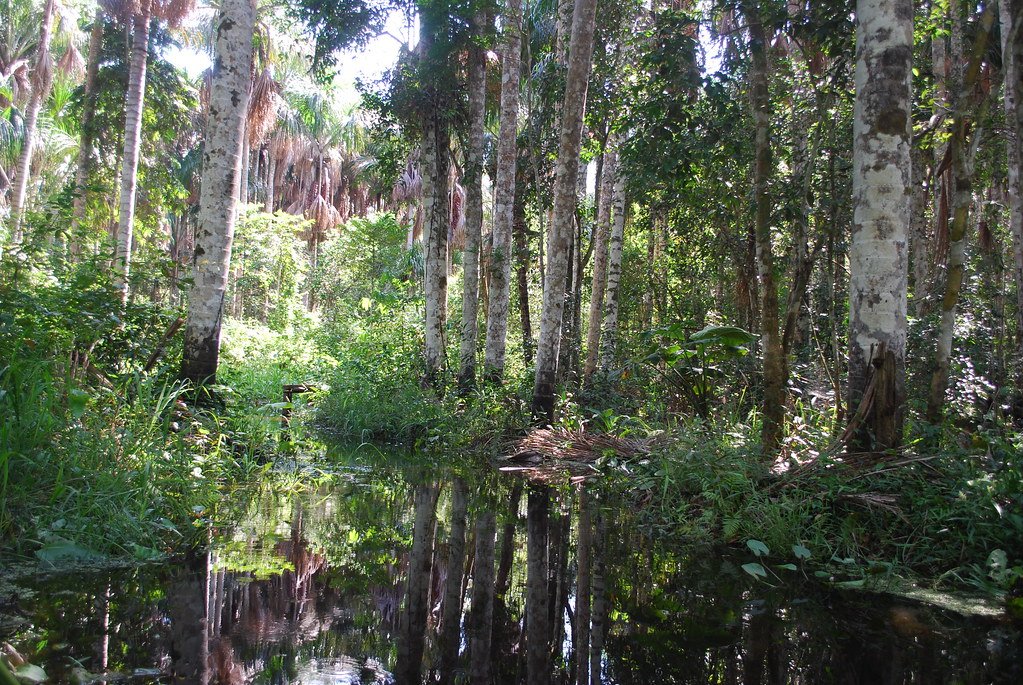
The window for preserving the Amazon’s carbon storage is narrowing rapidly, with scientists estimating we have less than a decade to prevent irreversible changes. Each year of continued warming and deforestation pushes the forest closer to tipping points that could transform it from humanity’s ally in fighting climate change to one of our biggest adversaries. The decisions made about Amazon conservation in the next few years will determine whether future generations inherit a stable climate or face runaway global warming fueled by Amazon carbon releases. Every tree that falls, every hectare that burns, and every degree of warming brings us closer to a point of no return where the Amazon’s ancient carbon treasury becomes humanity’s climate nightmare.
The Amazon’s role as our planet’s carbon vault represents both humanity’s greatest climate asset and our most dangerous potential liability. This ancient forest has spent millions of years perfecting the art of pulling carbon from the sky and locking it safely away, creating a natural climate regulation system that has helped maintain Earth’s habitability. Yet we’re now witnessing the early signs of this system beginning to break down, as rising temperatures, changing rainfall, and human activities push the forest toward a tipping point where it could release its vast carbon stores back to the atmosphere. The stakes couldn’t be higher—preserving the Amazon’s carbon storage capacity isn’t just about saving trees, it’s about maintaining a livable planet for future generations. What would you have guessed could be more important than protecting this irreplaceable carbon treasury that stands between us and climate catastrophe?

